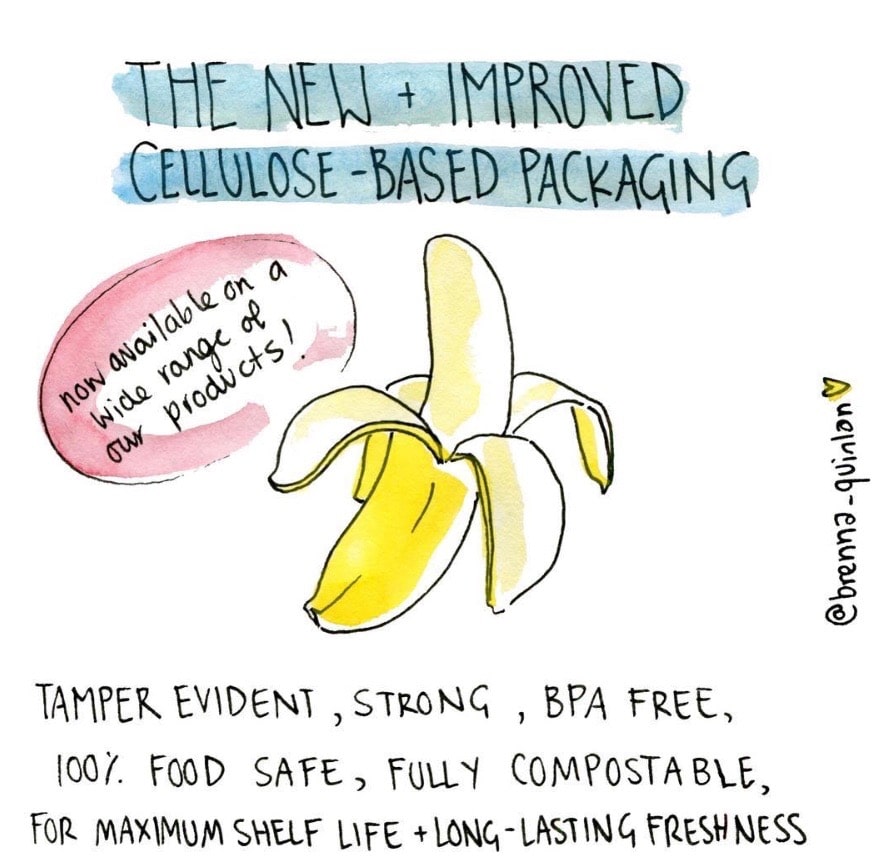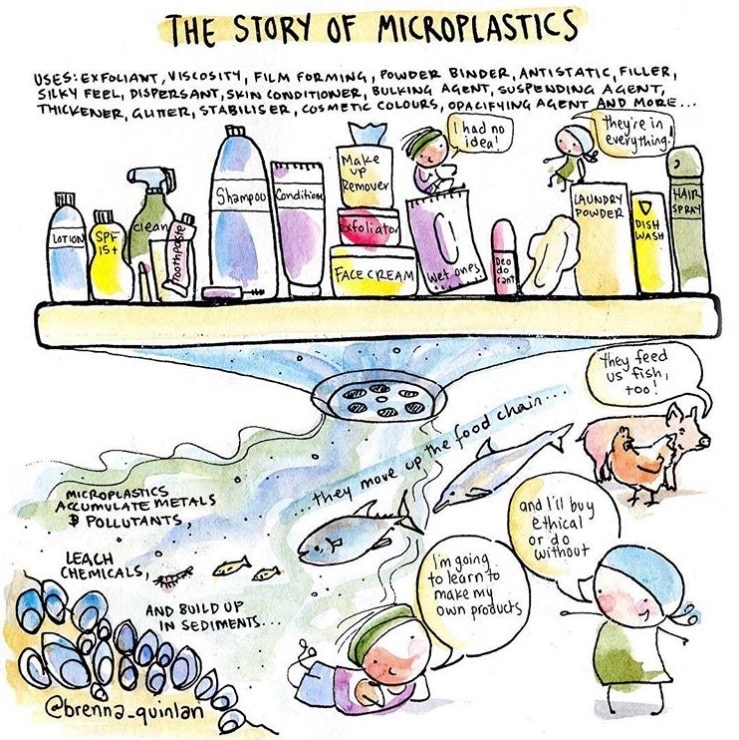How To Research the Life Cycle of One Product You Use Daily
Author: Kirsten Bradley
Go to Source
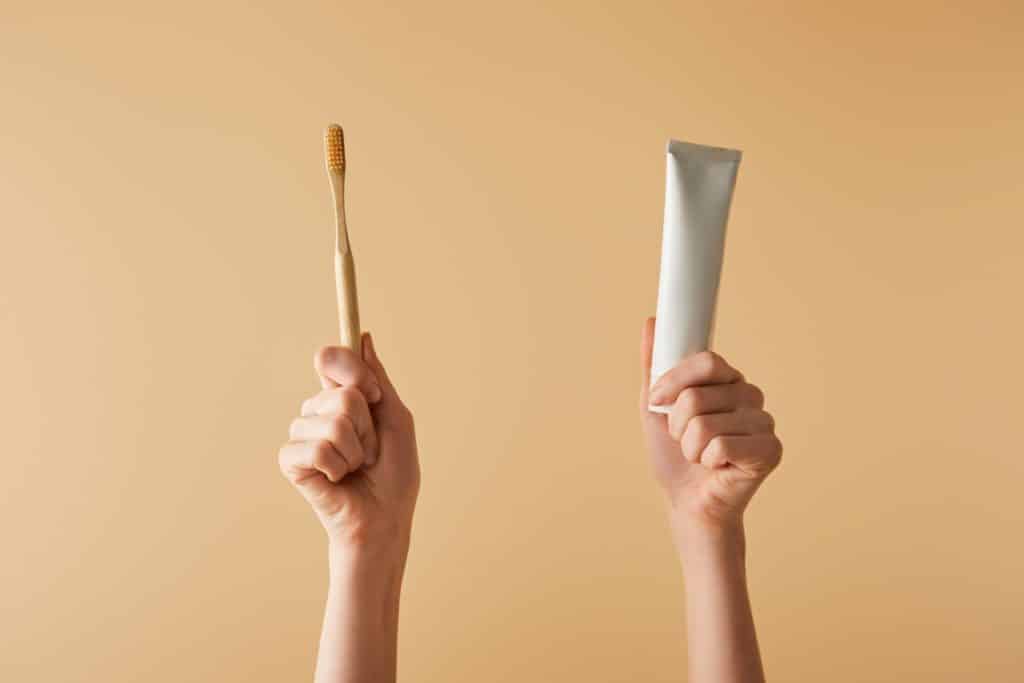
Every product that we buy comes with an impact, especially the ones we buy regularly, and don’t really think about.
This everyday climate action is a challenge of observing and interacting with your everyday – by researching the life cycle of a product you use every day, and then replacing it with a better choice, if you don’t like what you find out.
Once you’ve picked a product, fill out the free Life cycle analysis worksheet we’ve made for you below. (Follow our example, if you get stuck.)
When we observe everyday things closely, we are empowered to interact with them (and everything else) in a more positive way, by making informed choices.
Bill Mollison, co-originator of permaculture, encouraged folks to approach both life and design by beginning with “protracted and thoughtful observation, rather than protracted and thoughtless labour”.
Saving our labour and energy is important, so we can use it for what matters – but so too is saving the labour of others and the planets resources.
Every product that you buy comes with an impact, especially the products that you buy regularly, and don’t really think about.
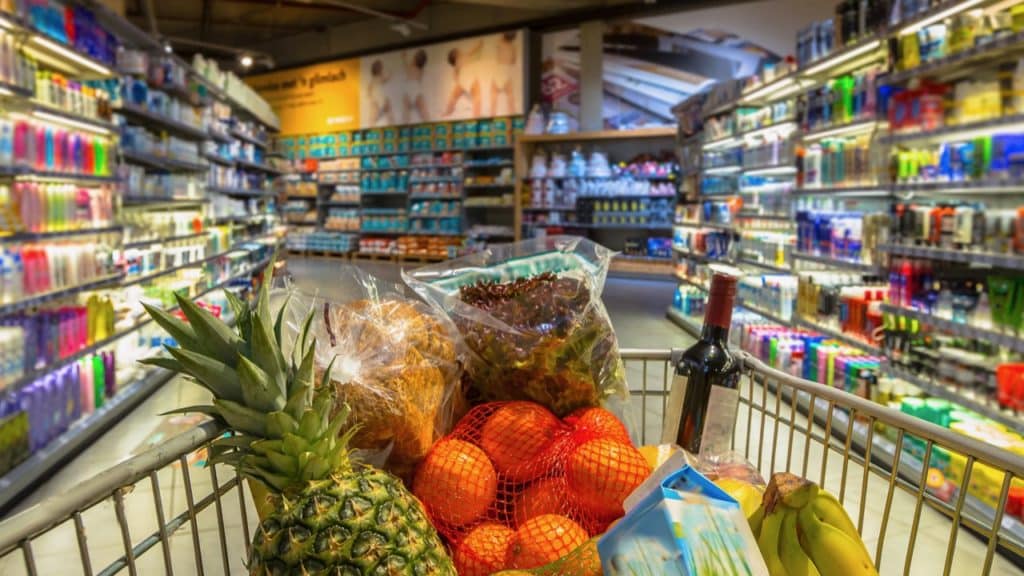
To get a true picture of our impact, we need to step back and get an idea of the life cycle of the things that we use from cradle to grave – that is from the production of the materials that make that thing – up to and including the impact of it’s disposal when we are done with it.
So what does cradle to grave, or full cycle thinking look like in your home?
Well, we probably all have products in our home that we can make better choices for, and it can be a bit overwhelming… so…
Start with just one thing
So let’s start with just one product. Because this is an exercise in observation and interaction, not a guilt trip.
Your personal choices are your own. By choosing this action you are just giving yourself more information so you can make choices that better align with your ethics.
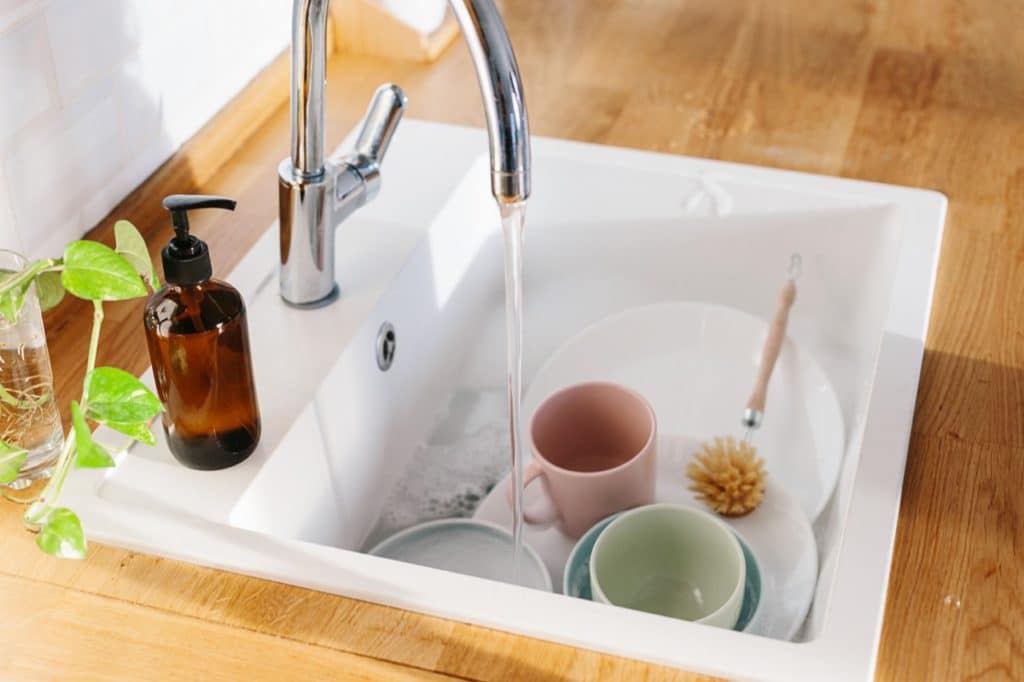
Sound good? Let’s do this
- Choose one packaged product in your home that you use or consume every day. Something like dishwashing liquid, or toothpaste or even your favourite snack.
- Firstly figure out what the ingredients are. For food items, these will be on the side of the packet. For some other things like dishwashing liquid, you might need to do a little online research on the active ingredients – there are some useful links below. Write down the ingredients that you can figure out.
- Now, for each ingredient, look that up and figure out what it actually is, and where it’s from – try to find the country of origin for that ingredient.
- Next, research each ingredient a little. Is it made in a industrial facility or grown on a farm? How is it produced, or grown? WHERE is it likely to have come from? Write all this down for each ingredient.
- Once you’ve researched the ingredients, check out the container – what’s it made from? Soft/hard plastic, cardboard with foil lining? Now look up how those things are made, and write that down too.
- Now look up how the container can be recycled – is there a process or not? Is it an intensive energy process to turn it into something else? Is it available where you live or does it have to be shipped halfway around the world to recycle it?
- When you throw this container in the bin, where, specifically, does it go? And where does it end up eventually?
- Finally how long will your product’s packaging take to break down into the biosphere, given it’s components, if it’s not recycled? What environmental impacts is that likely to have?
- By the end of this process, your mind may be boggled. So many systems and processes and inputs and resources for your small everyday product. It’s a pretty mind blowing process.
Never fear, we made you a handy worksheet to work all this out on – it’s even got an example product life cycle for you to look through. Plus, ideas on what to do next, once you’ve done your research…
So now what? You’ve observed this everyday product, and you have a better understanding of what it is, and the responsibilities that come with it.
Now, for the interact bit. Because you’ve researched this product, you have inadvertently become empowered.
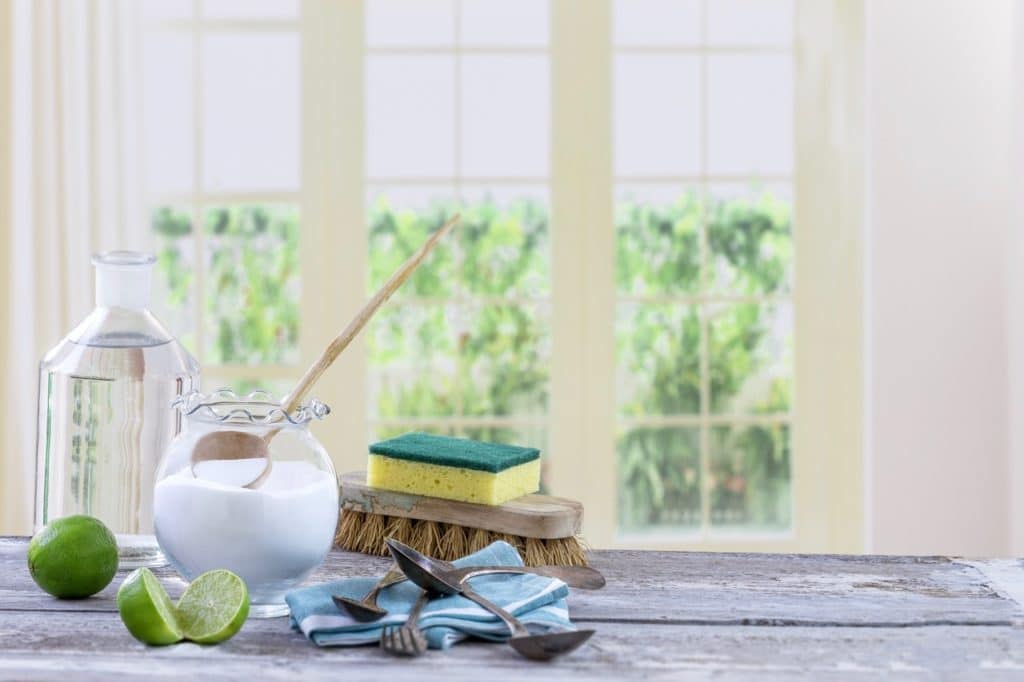
Where to next
You now have the ability to change your relationship with this product, and/or the thing that it does for you, for the better – maybe just in a small way by being aware of what’s in it, or maybe in a big way by finding a better alternative for the planet, and for your own health, too.
- This is not necessarily about just finding a pricey eco-brand as an alternative to your product. You might simply decide to find a toothpaste that doesn’t have an especially questionable ingredient in it. Or choose chips that are fried in an oil that isn’t as destructive to produce.
- Sometimes the easiest and most powerful decision is just to do without, often once you realise where things come from and the impact they have, they aren’t very appealing anymore.
- You can research if there’s better buying choices: less input, better ingredients or less energy intensive with the ethical shopping guides linked below.
- You can investigate local alternatives for your product to reduce the impact of transport & to support your community.
- Find your local waste-free bulk stores or food co-op so you can reduce or eliminate the packaging.
- Look up the recycling services in your area and what they can process.
- You can also research how to make your own product from scratch! It’s remarkable how easy it is to make toothpaste, beer, dishwashing liquid, or even snack foods.
What will you do with your new knowledge? And will you stop at just one item? Let us know, we’d love to hear 🙂
This challenge is part of our Permaculture Living 2020 series – one everyday climate action for you each week. Make sure you’re subscribed to our newsletter so you get notified of all the goodness!
Resources
- Life Cycle Mapping Tool, Sustainability Victoria – mapping tools and examples
- Life Cycle of Toothpaste, Sam Jacobsen, Prezi
- Life Cycle Thinking, Medium – life cycle stages, what and how to assess, Life Cycle Thinking tools, mapping worksheets
- Skin Deep, Environmental Working Group (EWG) – cosmetics database, guide to choosing safer skin care products, ingredient disclosure, health risks, environment
- Ethical Toothpaste, The Good Shopping Guide, Ethical Company Organisation – generally focuses on people, animals and the environment, eg, rating toothpaste producers
- Guide to Healthy Cleaning, Environmental Working Group (EWG) – chemical labelling, ingredient disclosure, certification, health risks, environment
- The Ethics of What We Eat: Why Our Food Choices Matter, Peter Singer and Jim Mason (Rodale, 2006) – costs of our food choices and who (or what) pays for them – Booktopia / Amazon
- Design Life Cycle, University of California, Davis – Department of Design students – architecture, digital, fashion, furniture, graphics, lighting and products full life cycle and embedded energy examples
- Life Cycle Initiative, UN Environment – global life cycle knowledge
- The Story of Stuff Project, Annie Leonard – analysis and actions to take
- Clean Fifteen, Environmental Working Group (EWG) – US guide to lowest amounts of pesticides in produce
- Dirty Dozen, Environmental Working Group (EWG) – US guide to highest amounts of pesticides in produce
Videos
- The Life Cycle of a T-shirt, Angel Chang, TED-Ed, YouTube – great cradle to grave analysis
- The Story of Stuff Project, Annie Leonard, YouTube – where stuff comes from, how much is used, where it ends up
The above is a snippet of our Permaculture Living online course – a 12 week, interactive, in-depth program that will take you from ‘where do I start?’ to a version of yourself who is FULL of good ideas – and motivated to start living like it matters. You can join the waitlist for our next class here.
The post How To Research the Life Cycle of One Product You Use Daily appeared first on Milkwood: permaculture courses, skills + stories.

